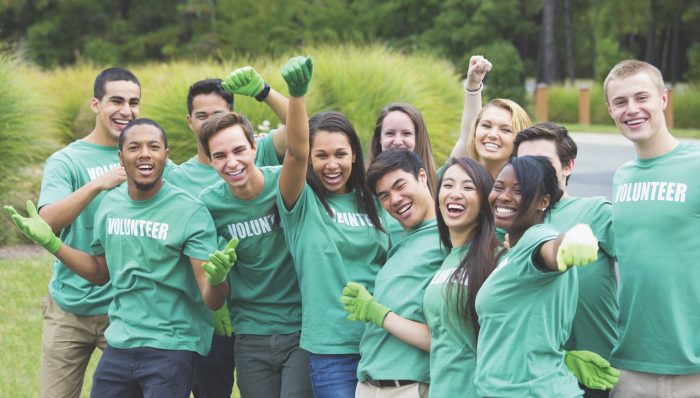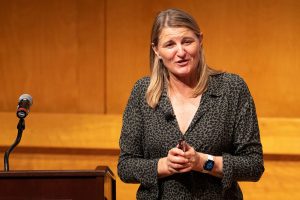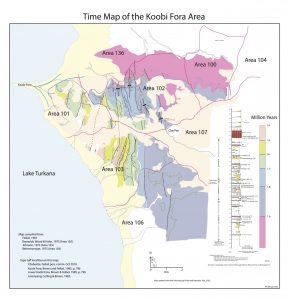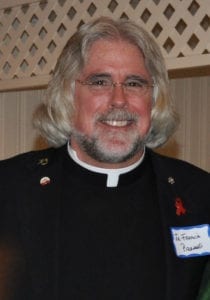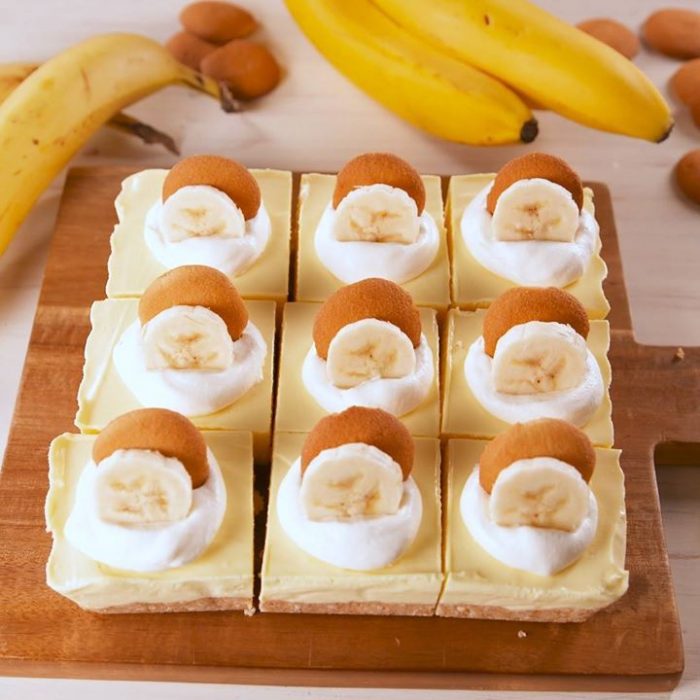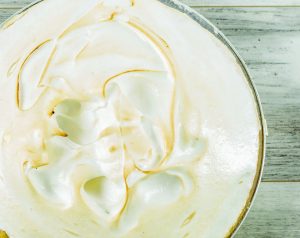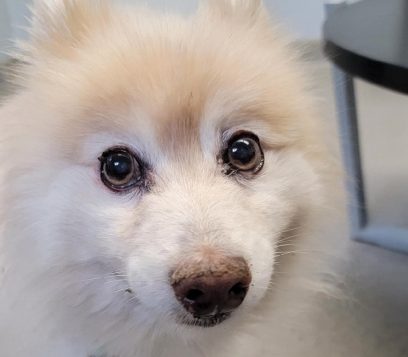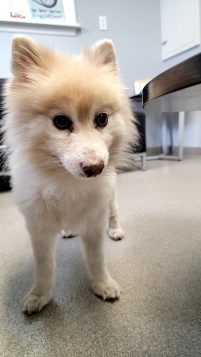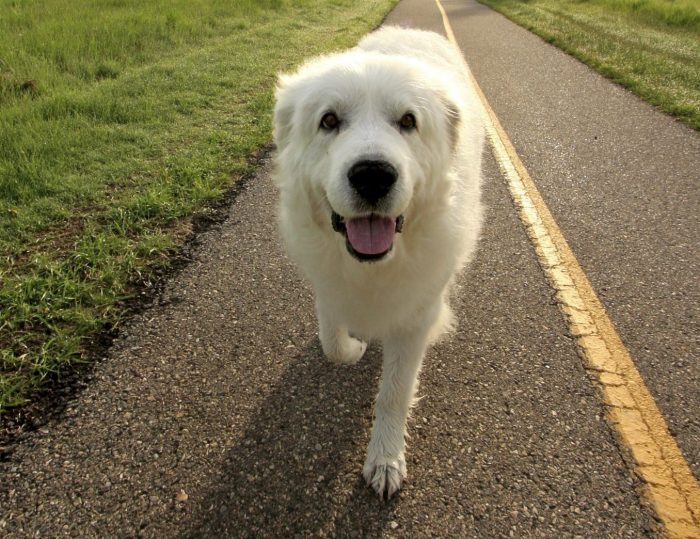By Nancy Burner Esq.
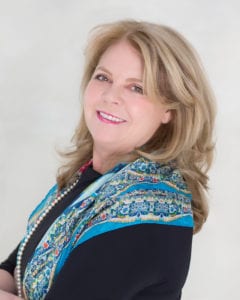
Executing a Last Will and Testament with an attorney is an important step in deciding and planning your legacy. However, this does not mean that all is solved upon one’s death. It is important that the client and future executor understands the process of probate and the necessary requirements of the court system.
Probate is the legal procedure by which your assets pass upon your death. When a person dies with a will, the nominated executor must file a probate petition with the Surrogate’s Court in the county in which the decedent lived. This is necessary to be officially appointed by the court so that the executor can distribute property or assets left by the decedent.
First, the executor files the original will, a certified copy of the death certificate, and the probate petition in Surrogate’s Court. Then, notice needs to be given to the decedent’s next-of-kin who would have inherited had there not been a will. The next of kin will either sign waivers and consents in agreement or issue a citation to appear in court to have the opportunity to object to the will. Often a family tree affidavit needs to be filed by an independent person who knows the family history.
After jurisdiction is complete and any issues with the will addressed, the Surrogate’s Court will issue a decree granting probate. The judge issues Letters Testamentary giving the executor authority to act. These Letters Testamentary serves as the physical paperwork for the executor to carry out distributions of the estate.
When a person dies without a will (intestate), it is necessary to file an Administration Petition with the Surrogate’s Court. Here, a close relative of the decedent applies to become the decedent’s Administrator. The assets pass to blood relatives according to statute. The Court will then issue Letters of Administration appointing them Administrator. As with a probate proceeding, all interested parties must be given notice and either sign a waiver or served with a citation issued by the court. Sometimes a kinship hearing is necessary to prove relation to the decedent.
As you can imagine, the probate process can be costly and time consuming in even the simplest cases. Probate proceedings can drag on for years when distant relatives cannot be located or a relative decides to contest the will. Contested wills can result in litigation proceedings and become draining mentally and financially for those involved. The good news is that probate can be avoided through the use of beneficiary designations and trusts.
Assets held jointly with rights of survivorship pass automatically to the surviving owner upon death. This is common in the case of spouses. Likewise, assets with designated beneficiaries pass to the designated beneficiaries, avoiding probate. Examples of jointly held assets include joint bank accounts and real property owned by spouses. Common assets with designated beneficiaries include retirement accounts and life insurance policies. If you have not named a beneficiary on an account that allows it, these assets must go through probate. Of course, not every type of asset allows a beneficiary designation.
Another way to avoid probate is by creating a living trust. While there are many different types of living trusts, most can hold assets such as bank accounts, real estate, businesses, and personal belongings. For example, a revocable living trust is primarily used to avoid probate. You, as the grantor, would be both the trustee and beneficiary during your lifetime. You would add a successor trustee to take over if you became incapacitated and upon your death. This successor trustee can seamlessly take over management of the trust property and no court proceedings are necessary.
Keep in mind, any assets owned by a revocable or irrevocable trust will simply pass according to the terms of the trust, free from court interference. Certain trusts also allow a trustee to control assets if one becomes incapacitated.
One size does not fit all when it comes to trust planning. It is important to discuss the best option for you and your loved one with an attorney who specializes in this area of the law and can explain the pros and cons of trusts, probate and more.
Nancy Burner, Esq. is the founder and managing partner at Burner Law Group, P.C. with offices located in East Setauket, Westhampton Beach, New York City and East Hampton.







